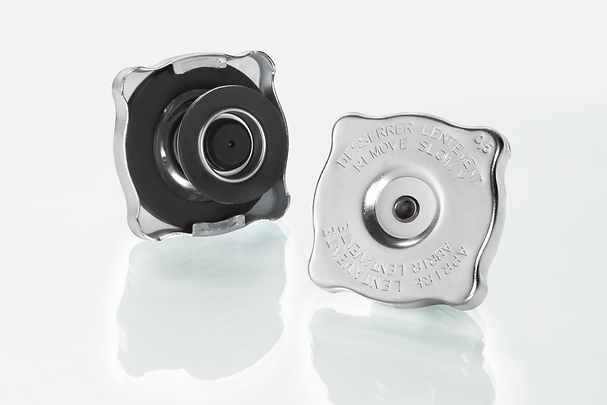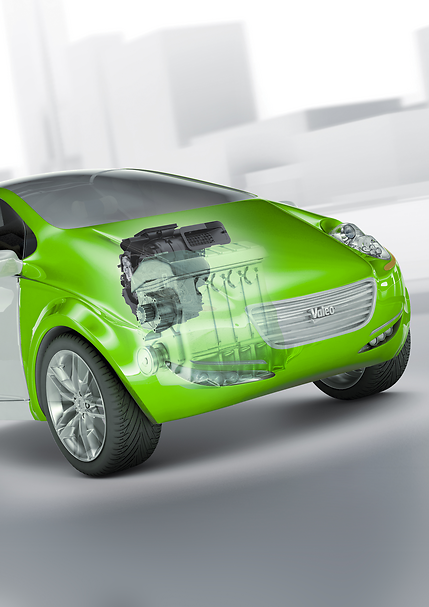Engine cooling fan

The design of new vehicles with smaller front grids and smaller space under the bonnet has reinforced the need to force air flow. The fan system provides an efficient air flow and optimizes the heat exchange to the radiator. It is usually located at the front of the vehicle, either in front or behind the radiator.
The fan system is made of: A support Its role is to fix the fan to the vehicle. On some vehicles, the support is also designed to improve the airflow (the shroud).
An Electric motor: The motor is specifically designed for each vehicle to avoid overconsumption. It is controlled by the thermoswitch, the pressure switch or the ECU. It frequently has two speeds (low or high).
A fan: If over-dimensioned, it may cause overconsumption causing a risk of fire. If under-dimensioned, performances are insufficient causing a risk of overheating or air-conditioning malfunction. A poorly-designed fan could also cause noise and generate vibrations which may lead to failure (motor or shroud). Valeo has a strong experience in developing Engine Management Systems products and offers the best possible technological solutions for the challenging aftermarket. Valeo offers a smart radiator range along with a complete range of Engine Cooling Products.
Choose Valeo for:
- One of the OE leaders in Engine cooling.
- A wide and continuously growing range.
- Original quality products and original design respected.
- Deep experience of working closely with major car makers (quality control and performance tests according to car manufacturers' standards).
- Materials are chosen to resist high temperature and vibrations.
- Traceability label for easier identification.
- Valeo products are very quickly available for the aftermarket
- User-friendly and quality packaging
Valeo Info:
In most cases, the fan system should be changed after a crash.
Other signals should also alert you to the necessity of a change:
- Vibration or noise may result from a broken support or damaged fan.
- Engine overheating (damaged fan or electric motor failure).
- The air-conditioning stops too frequently (the compressor automatically switches of in case of overpressure).







